High-power LED
These high-power LEDs or high-brightness LEDs provide much higher light output levels than traditional indicator LEDs. This poses new challenges for the technology, even though they can provide a high level of performance: higher efficiency and longer service life than other forms of lighting technology.
HB LED: High-brightness LED lamp beads
are introduced to the market with many LEDs, and the available light levels are increasing, so being able to define high-brightness HB LED and high-power LED is very useful because these terms refer to slightly different aspects of operation.
Definition of high-brightness LED: One definition of HB LED is that it is a light-emitting diode that produces more than 50 lumens (1 candela = 12.75 lumens).
High-power LED: Generally, high-power LED is defined as consuming more than 1 watt of power.
Although high-power LEDs and high-brightness LEDs, HB LEDs may usually be the same thing, the characteristics or parameters of the two definitions are different.
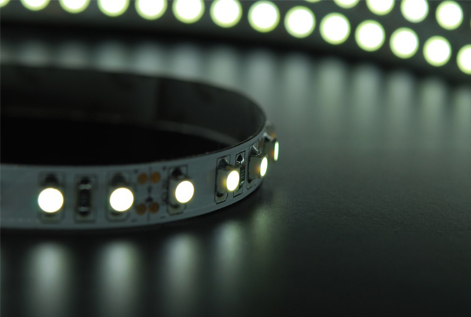
High-brightness LED technology
has made many improvements to basic LED technology to develop and successfully manufacture high-brightness LEDs and HB LEDs. The original LED indicators used a traditional through-hole wired package. For an input of 100 mW, a standard 5 mm LED will produce a light output of approximately 2 or 3 lumens-equivalent to 20 or 30 lumens per watt.
Surface mount technology allows the development of LEDs in such a way that the printed circuit board can act as a heat sink-mounting the LED on the board can remove any heat reasonably and effectively, thereby increasing the light level. Since HB LEDs operate at higher power levels, the heat generated is a key issue.
The next development is to add a heat sink directly to the bottom of the surface mount package. Because it is directly below the LED junction, it can remove heat more effectively.
High-brightness LEDs use this effective heat dissipation method to keep the HB LED junction within its safe range while still producing the required light output. In addition, more efficient manufacturing processes increase efficiency.
High-brightness LED/other technology comparison
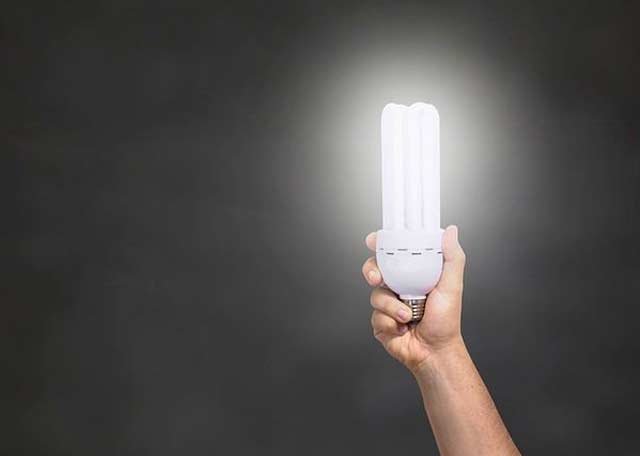
Compared with many other forms of lamps, high-brightness LEDs have some obvious advantages. A table comparing HB LED with other main technologies is given below.
HB LED advantages
Compared with standard LEDs and other technologies, high-brightness LEDs have many advantages.
Provides a higher level of brightness, especially when compared to standard LEDs, which have a longer life than other lighting technologies (including incandescent lamps and CFL).
Low cost: Although the initial purchase price of HB LED is expensive, in view of its long service life, it provides a lower cost during the entire life cycle of the LED.
RoHS manufacturing compatibility (lead-free)-they are also more environmentally friendly than CFLs that require professional handling.
Given the advantages of its high-brightness LEDs, HB LEDs are increasingly used in many lighting applications ranging from home, office and indoor lighting to automotive lighting.


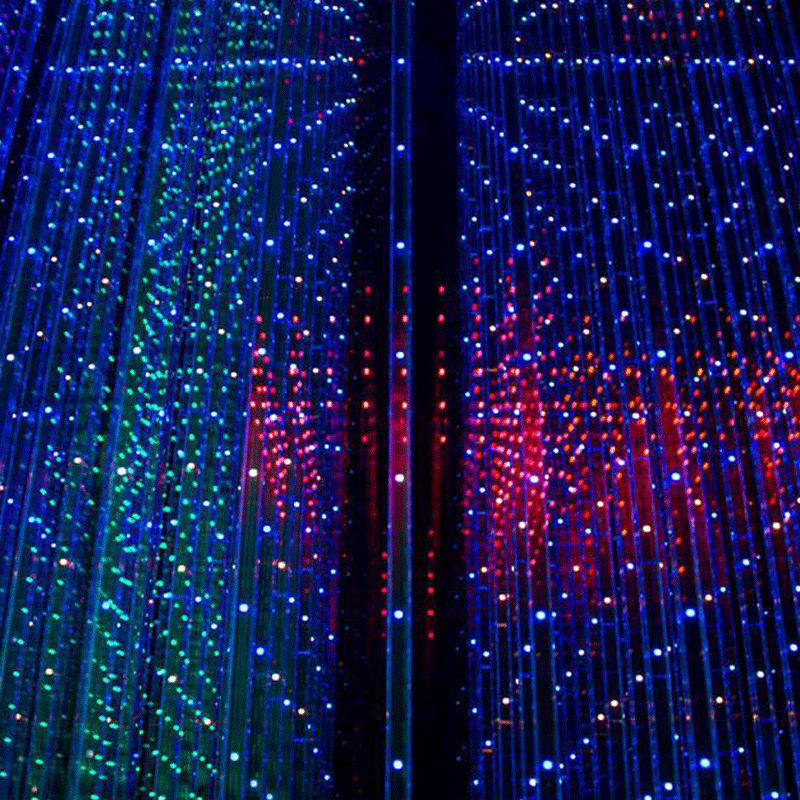

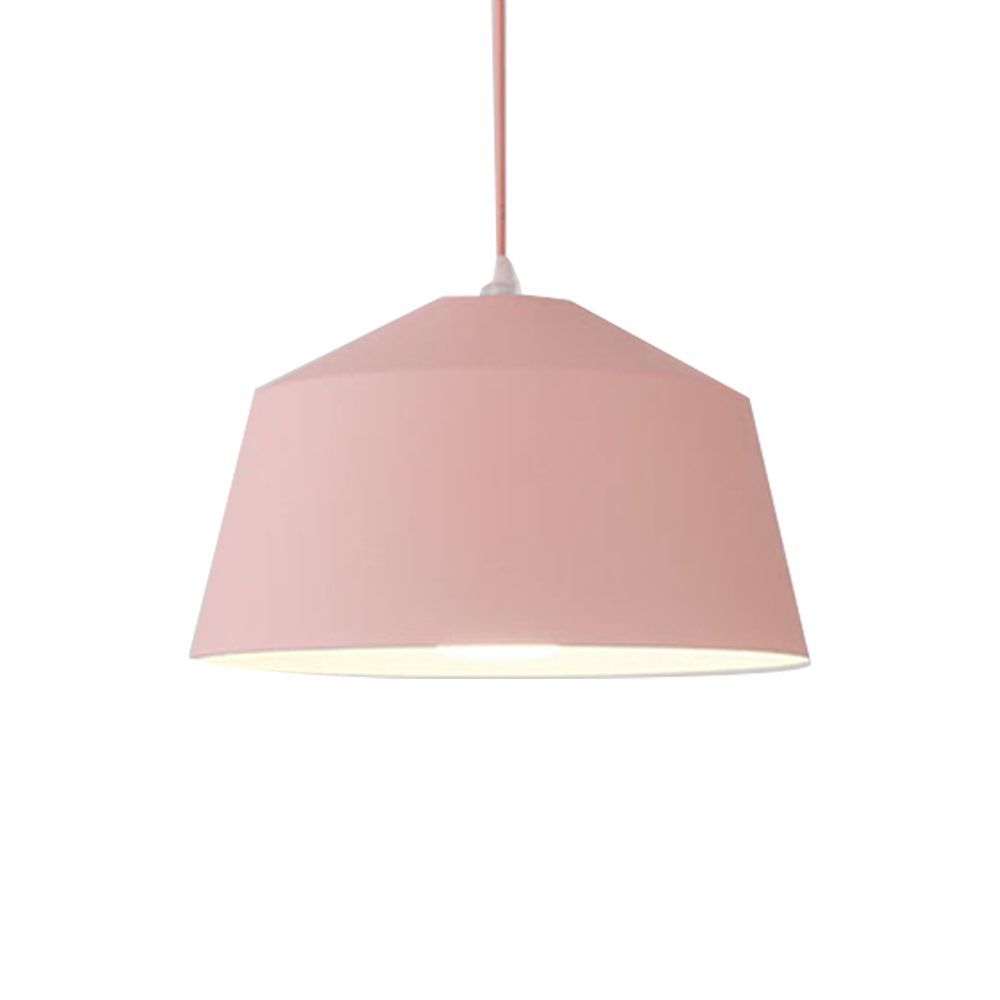
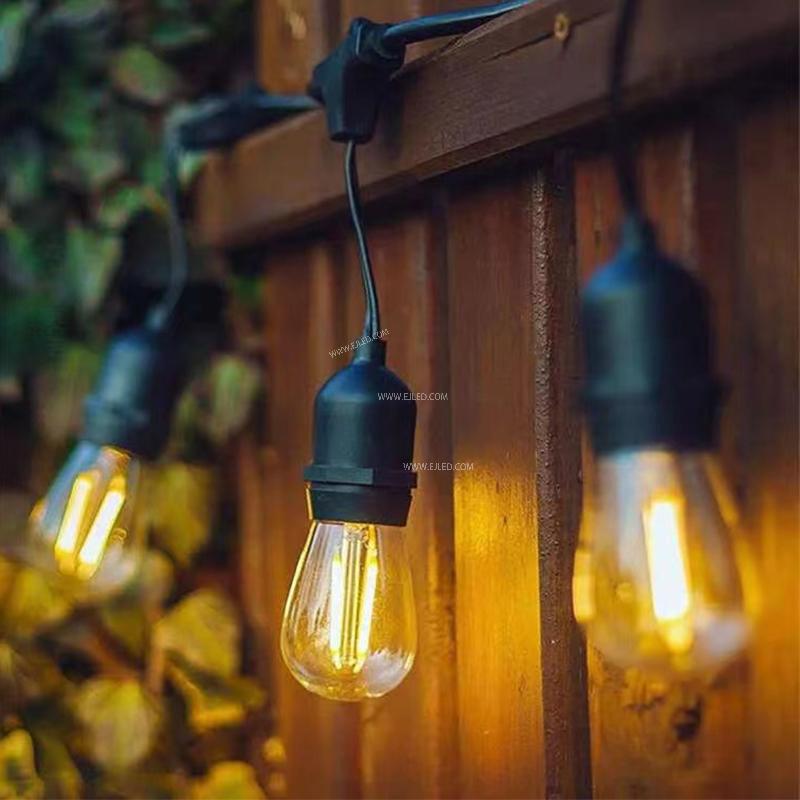




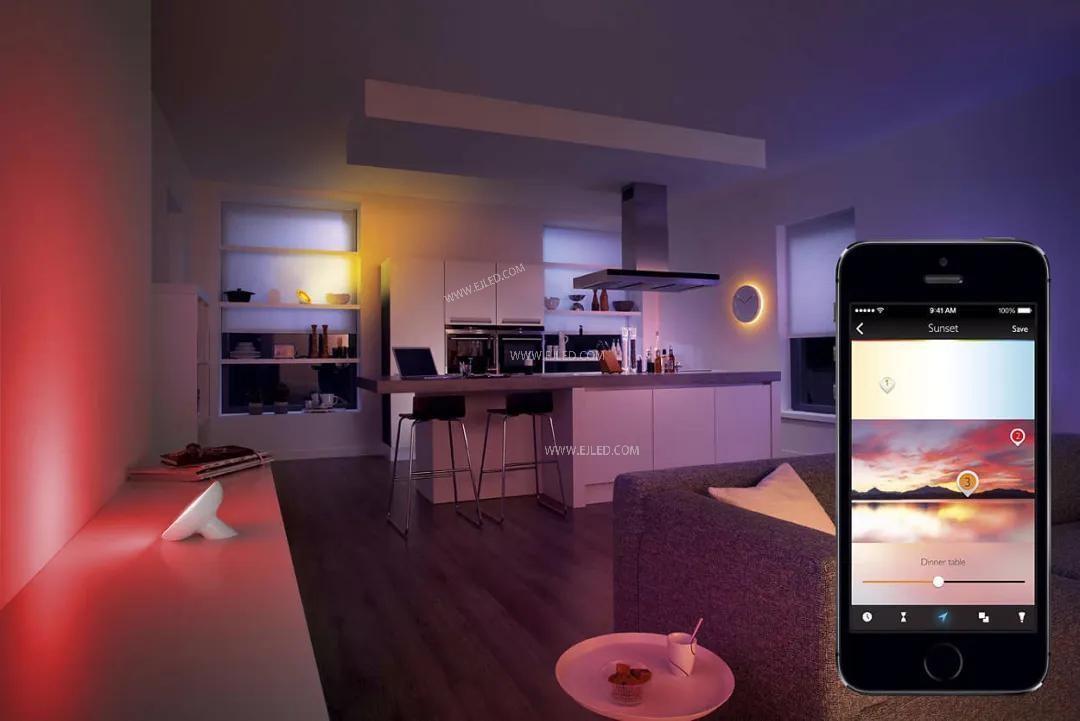

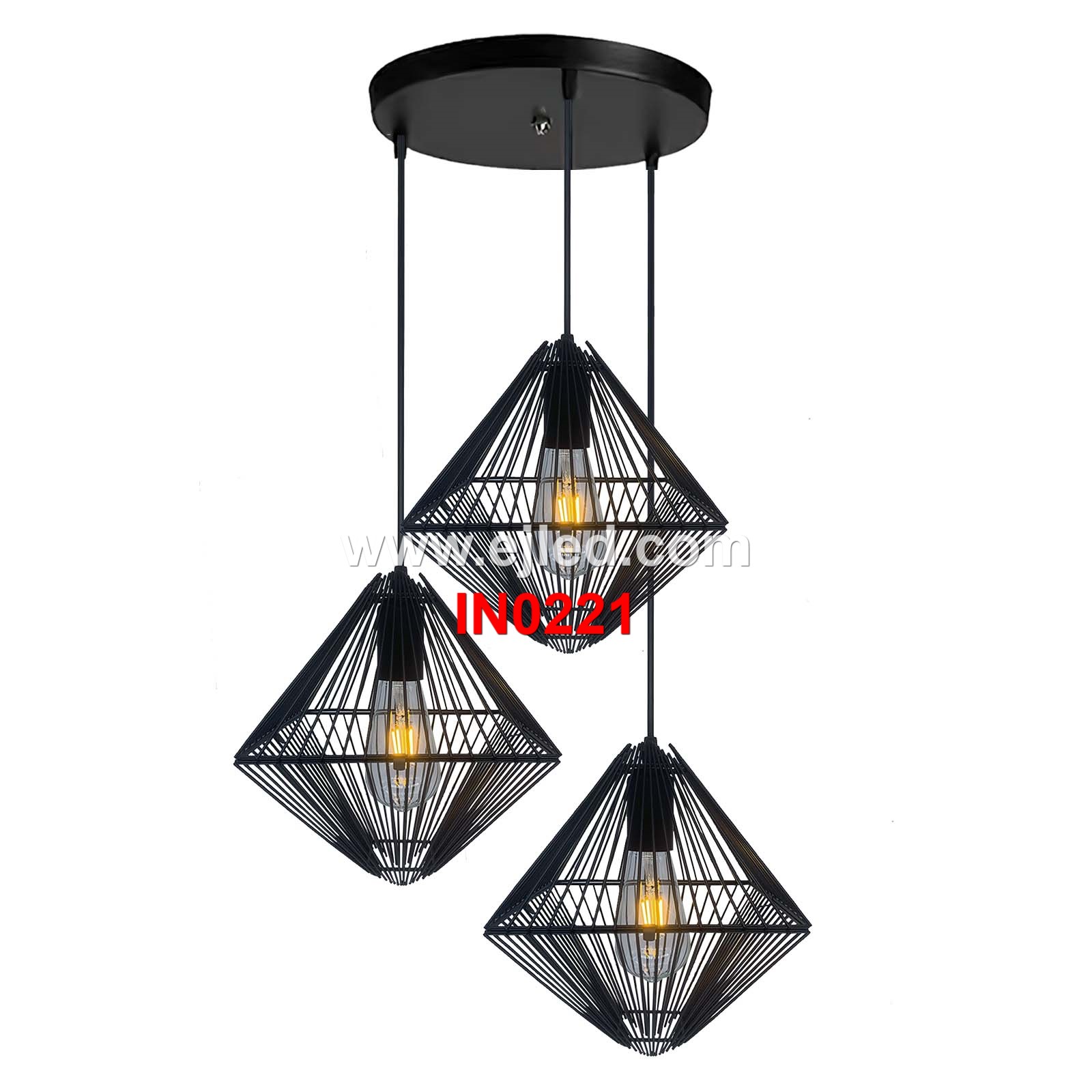
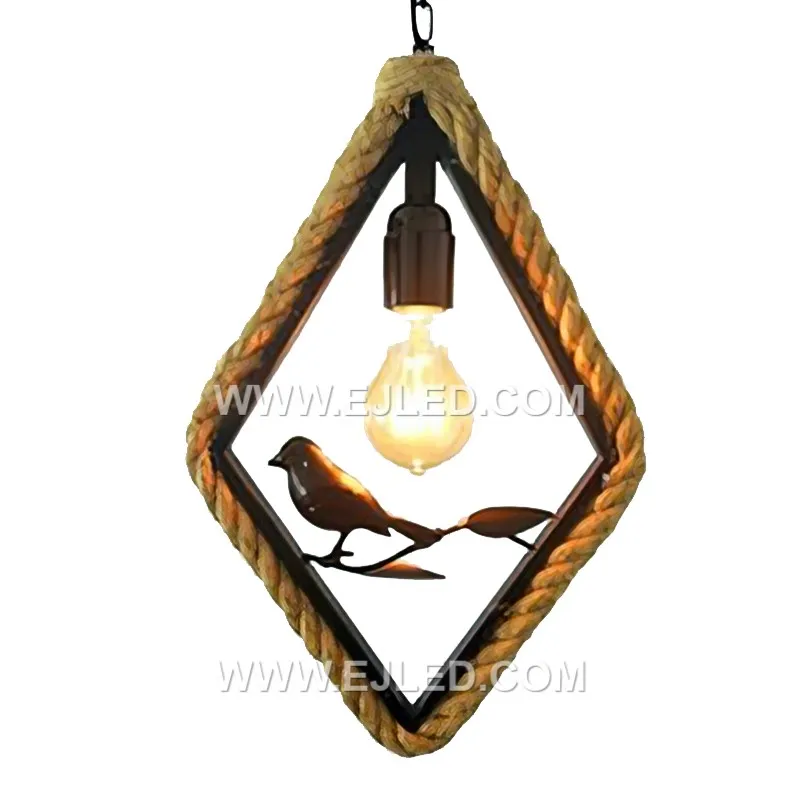
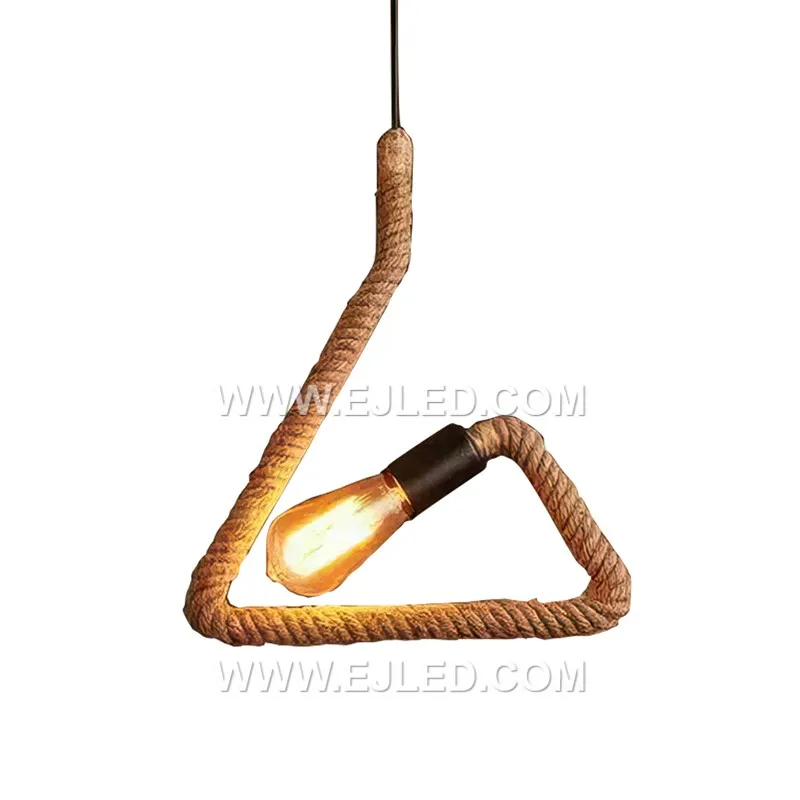
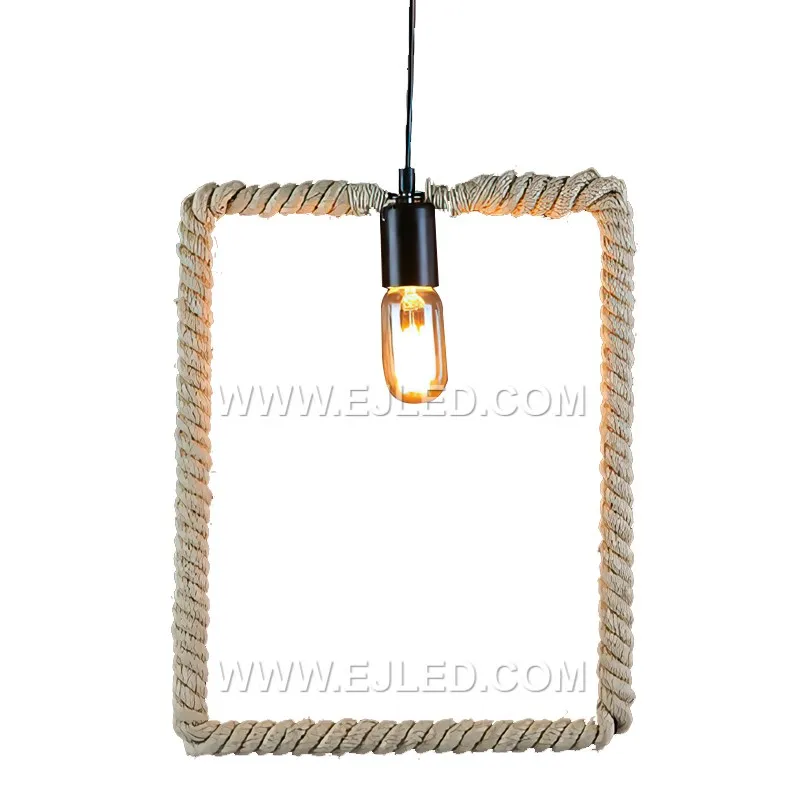
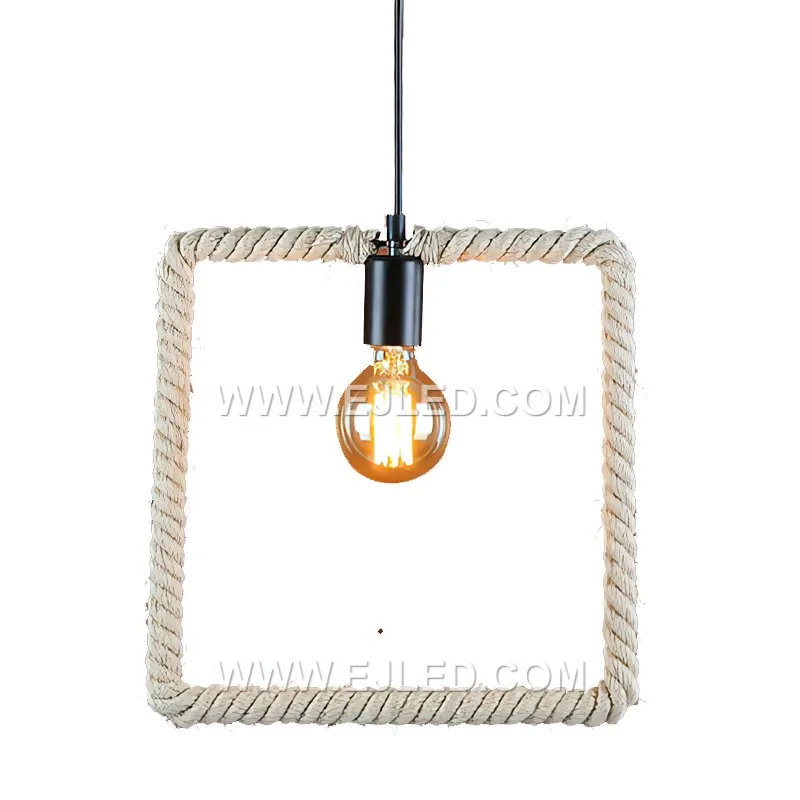
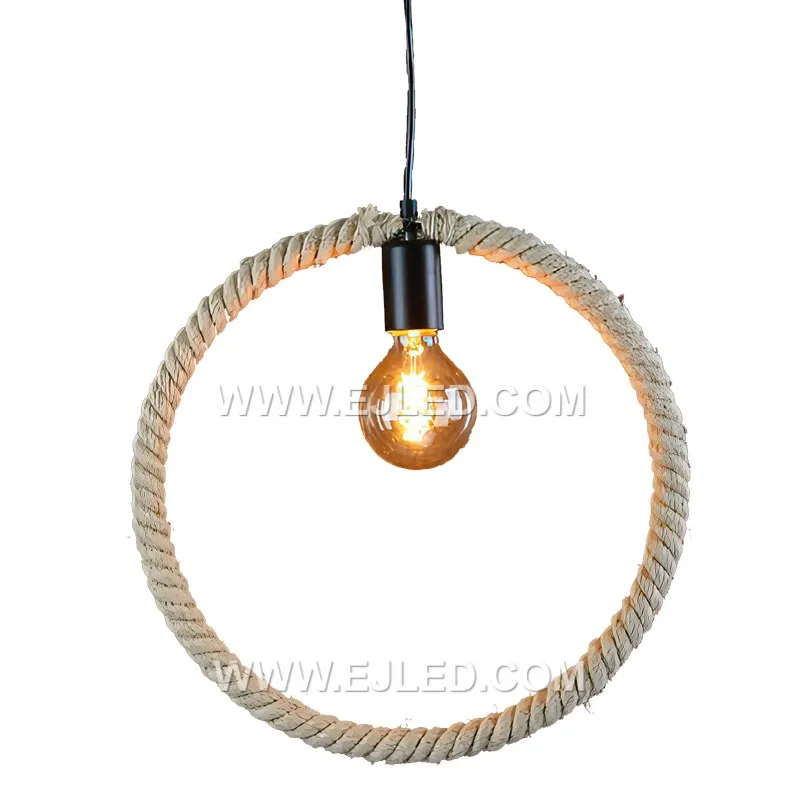
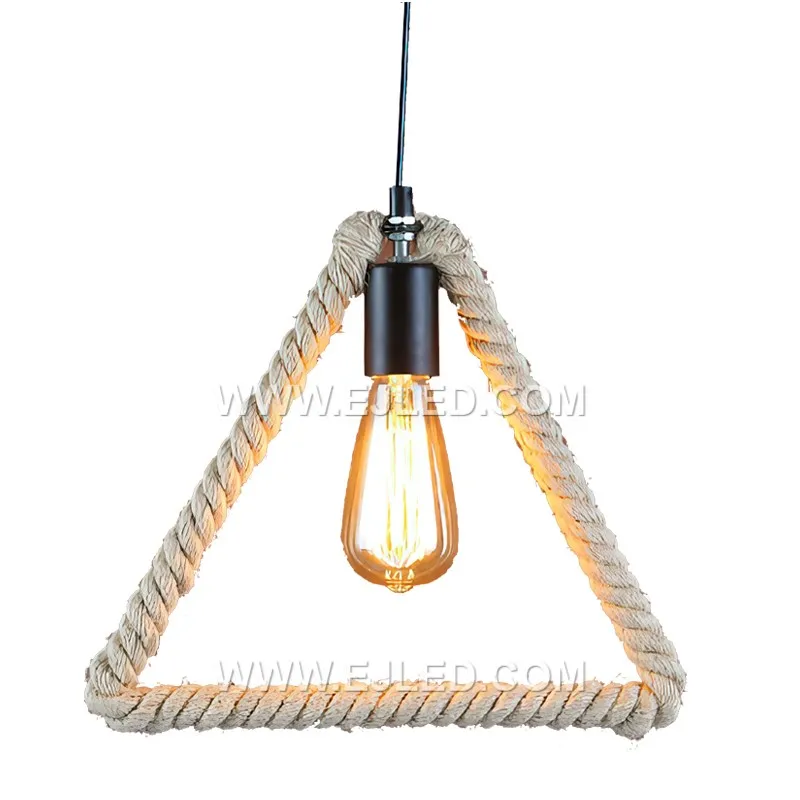
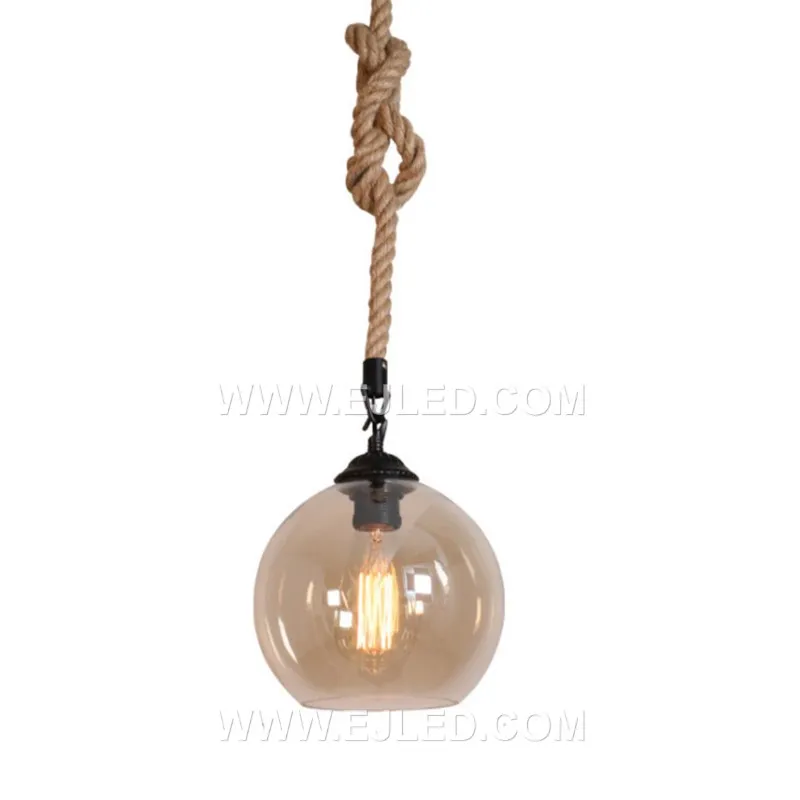
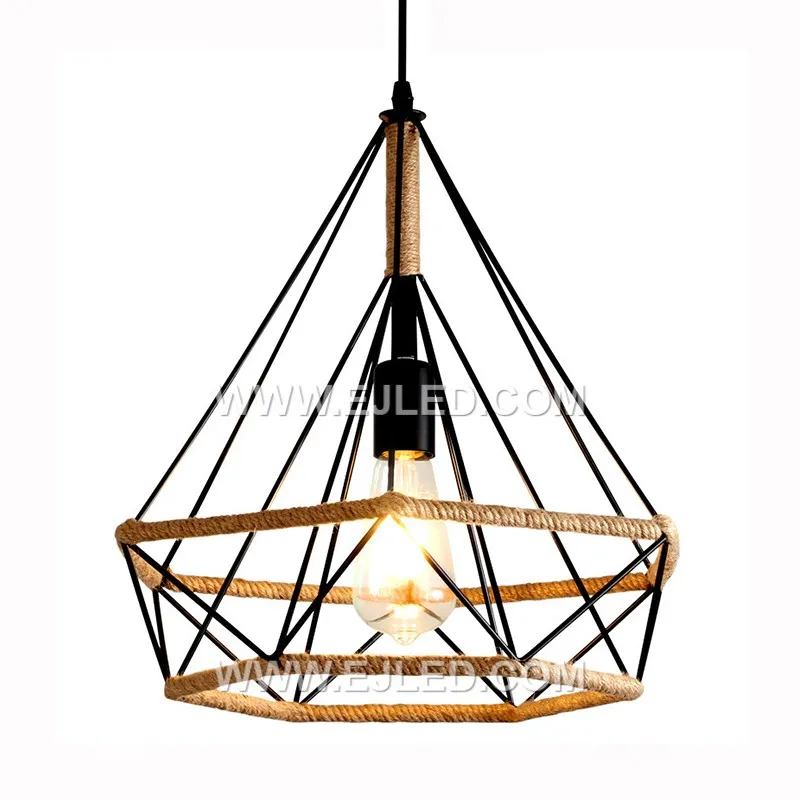
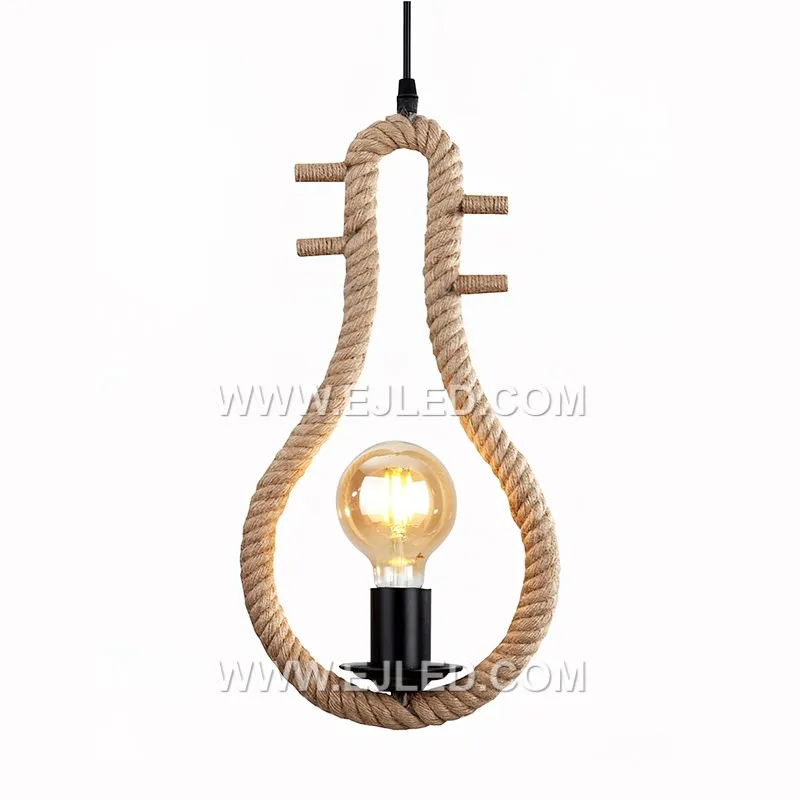

Leave a comment